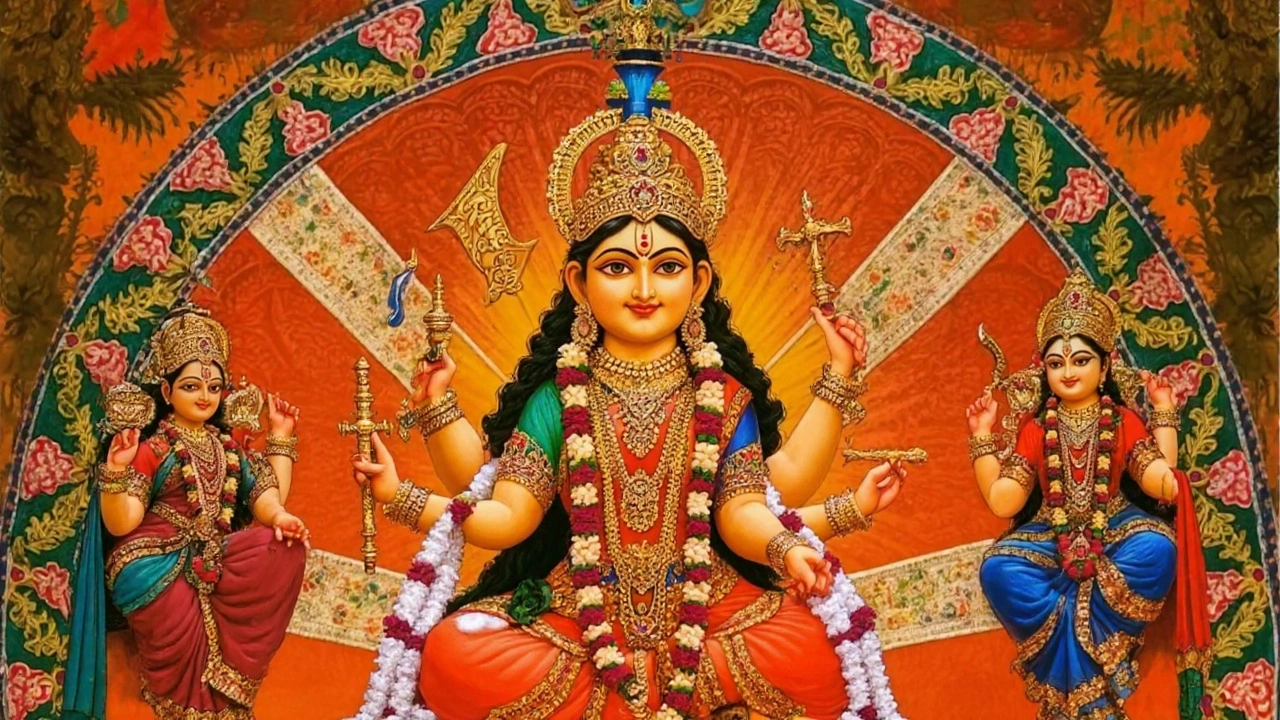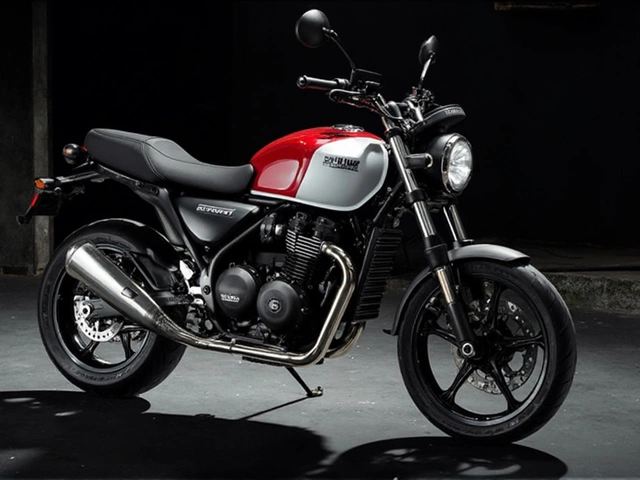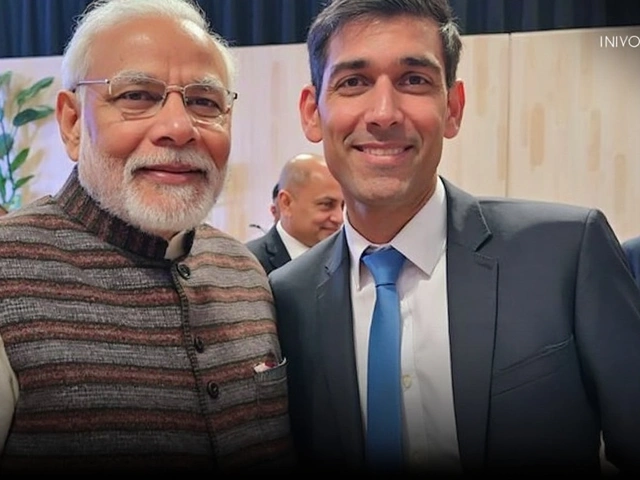Goddess Durga: Who She Is and Why She Matters
When you hear the name Durga, you probably think of a powerful goddess riding a lion, slaying a demon with ten arms. That image packs a lot of meaning: strength, protection, and the triumph of good over evil. In Hindu mythology, Durga represents the divine feminine energy, or Shakti, that powers the universe.
Durga’s most famous story is her battle with the buffalo‑demon Mahishasura. The gods created her from their best weapons, giving her a bow, a trident, a sword and a shield. After a fierce fight, she beheaded the demon, restoring balance. This tale is celebrated every year during Navaratri, a nine‑night festival that honors each of Durga’s aspects.
How People Celebrate Durga Today
Across India and the diaspora, Durga Puja is the biggest public event linked to the goddess. In West Bengal, massive temporary structures called pandals are built, each displaying intricate statues of Durga with her children. The whole city buzzes with music, dance, and street food. On the final day, called Vijayadashami, the idols are immersed in rivers, symbolizing the return of the goddess to her divine realm.
Even if you’re not in a town that hosts a pandal, you can join the celebration at home. Many families set up a small altar with a Durga picture or idol, light incense, chant the “Durga Mantra,” and offer fruits and sweets. The rituals are simple but help you connect with the goddess’s protective energy.
Durga’s Role in Everyday Life
Beyond festivals, people turn to Durga for personal strength. Students pray for focus during exams, professionals ask for courage in tough decisions, and anyone facing a health issue may seek her blessings. The idea is that Durga’s power is not just mythic—it’s a source of inner confidence you can call on any time.
Durga also stands for gender equality. As a female deity who defeats a male demon, she challenges the notion that power is only masculine. Many modern activists use her image to promote women’s rights and empowerment.
If you want to explore Durga’s story further, start with the “Devi Mahatmyam,” a text that details her victories. You can find English translations online or listen to audio versions while commuting. For visual learners, documentaries on Navaratri and Durga Puja give a vivid look at the festivities.
In short, Goddess Durga is more than a figure in ancient scripts. She is a living symbol of resilience, compassion, and the power to overcome obstacles. Whether you watch a grand pandal, set up a quiet altar, or simply read about her deeds, you’re joining a tradition that spans centuries and continents.
Next time you hear a story about Durga, think about how her courage can inspire your own challenges. The goddess invites you to tap into your inner strength and protect what matters most to you.
Chaitra Navratri 2025: How to Observe the Festival Correctly and Avoid Common Mistakes
Chaitra Navratri 2025 runs from March 30 to April 7, marking the Hindu New Year and honoring nine forms of Goddess Durga. Each day has its own color, deity, and special offering. Proper fasting, prayers, and Kanya Pujan bring deeper blessings. Avoiding simple slip‑ups keeps the spiritual energy flowing. The festival also welcomes spring and renewal across India and the world.





